Description
FISH IN FISH pattern or “Herati” is one of the most common patterns of carpet weaving in Iran, which has been popular in Iran since the end of the Safavid era and is woven in various ways in the cities and villages of Khorasan, Azerbaijan, Kurdistan, and Farahan.
The main motif of this overall design is a fish-shaped leaf, which is arranged in a regular and symmetrical order on the four sides of a rhombus pattern decorated with a flower and the blades of a carousel, which is called “Carousel”.
The overall design of the entwined fish is created by repeating the main motif and joining them together, and it is usually placed at the top and bottom of each carousel with a stylized pattern that is from the family of lotus or fan palm motifs.
It is very likely that the Qashqais brought this motif to Fars after the forced migration to Khorasan, which was carried out by the order of Nader Shah, although the design of the oldest fish of the Qashqai dirhams is more influenced by Farahan styles, except for its texture.
The following example of the Qashqai patterning tradition has only the border and the middle part of the tangs, and its tangs and tangs are adapted from the common methods of Saruq-Farahan. Since this sample was woven by the order of one of the Qashqai nobles named Hossein Qali Khan and it was probably a hand-woven pattern from the Sarouk-Farahan area, it can be assumed that at that time, about 180 years ago, the darham pattern was not yet common in the Qashqai tribe. And the first model comes from Farahan, especially because the “Bandarihani” margin is also a common role of Farahan.
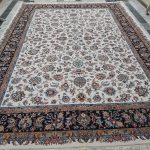
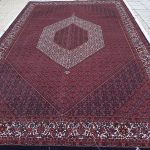
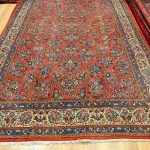
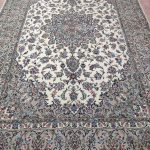
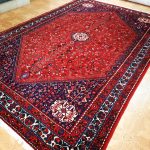
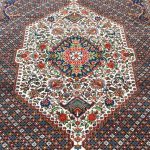

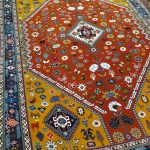


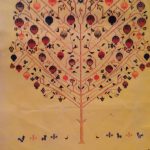
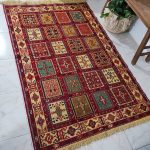
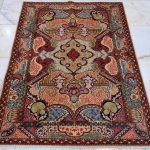
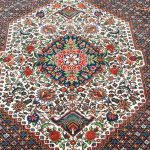

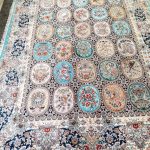
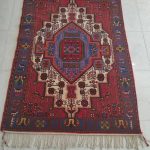
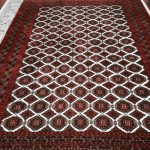
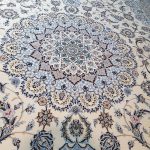
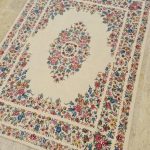
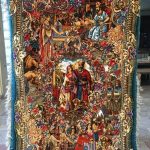
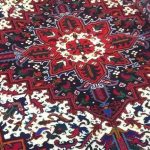
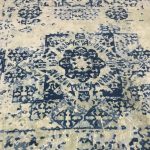
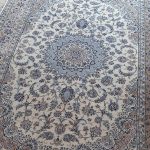

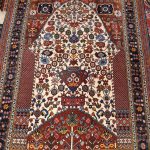

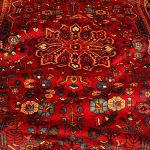
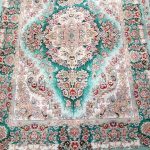
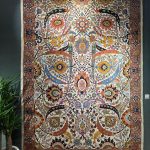
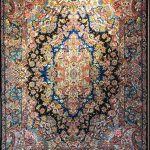
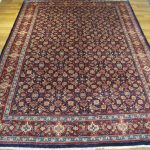
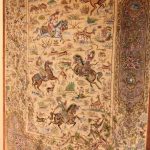

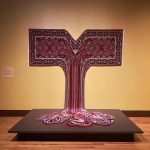
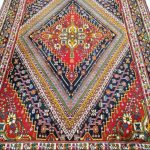
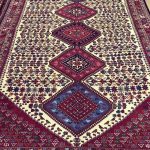
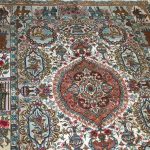




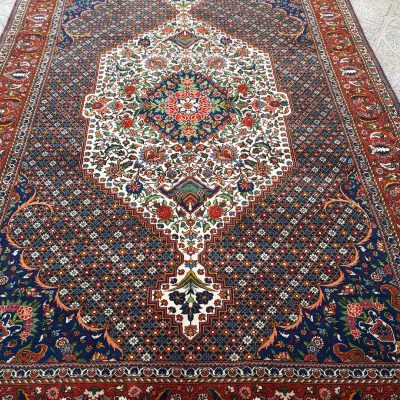
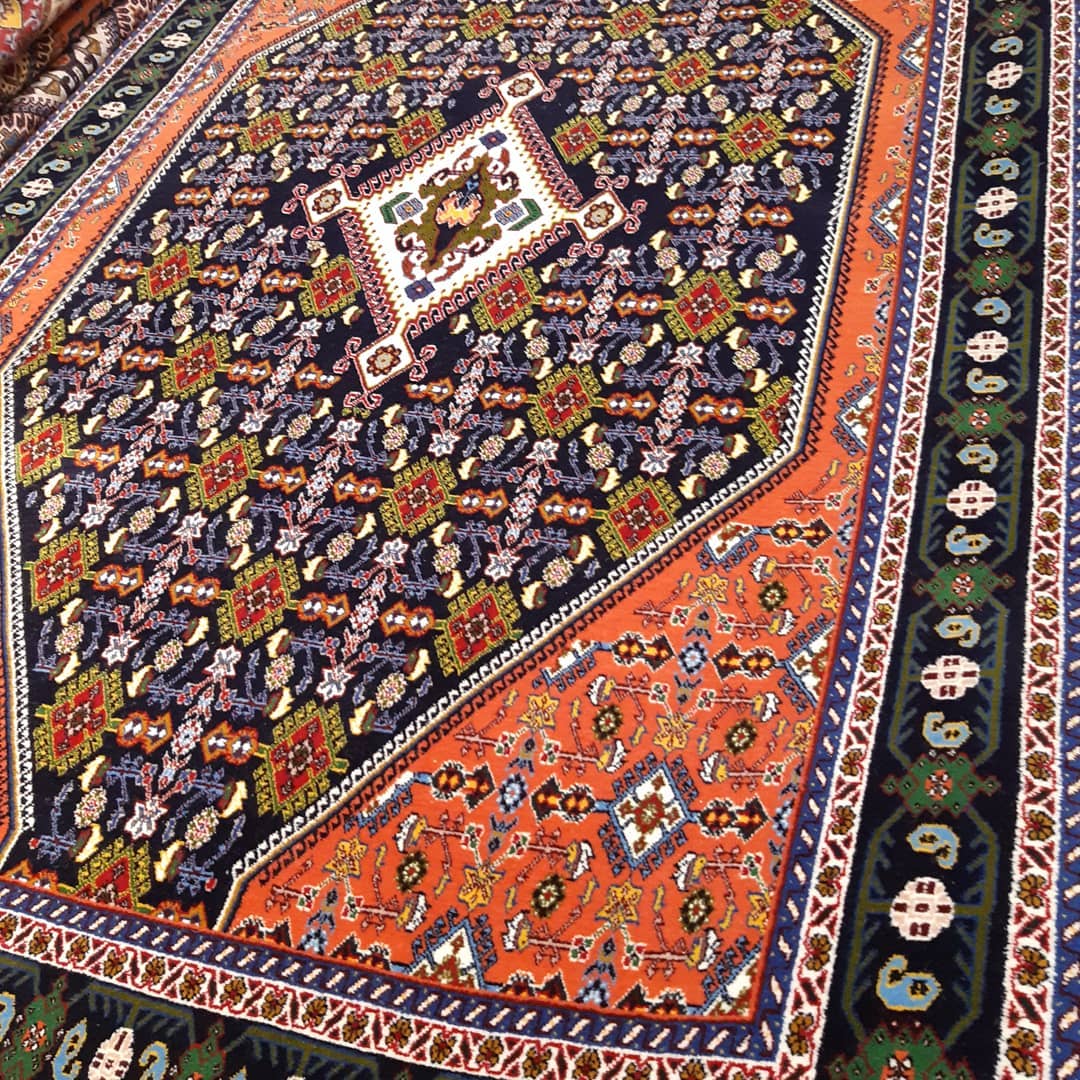
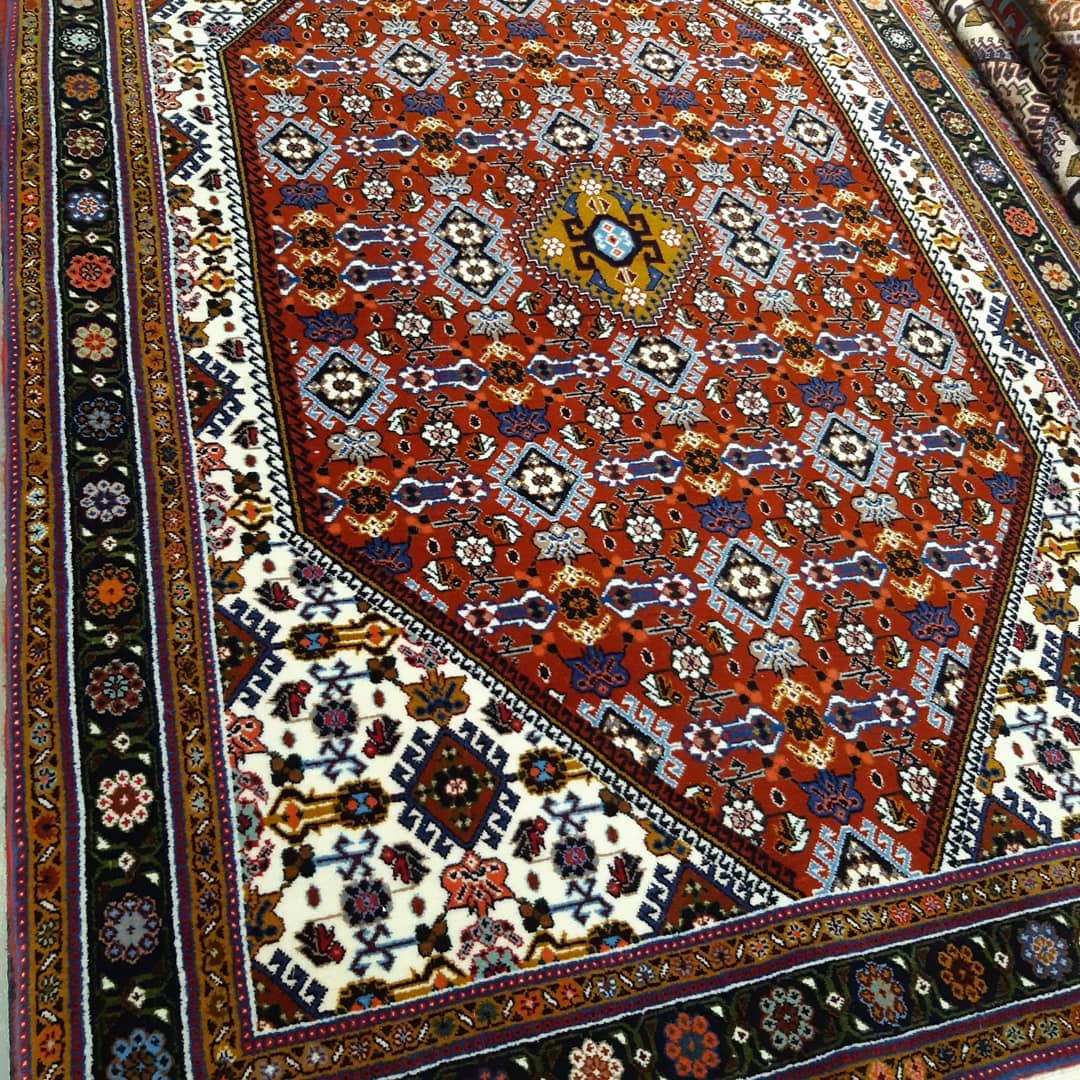
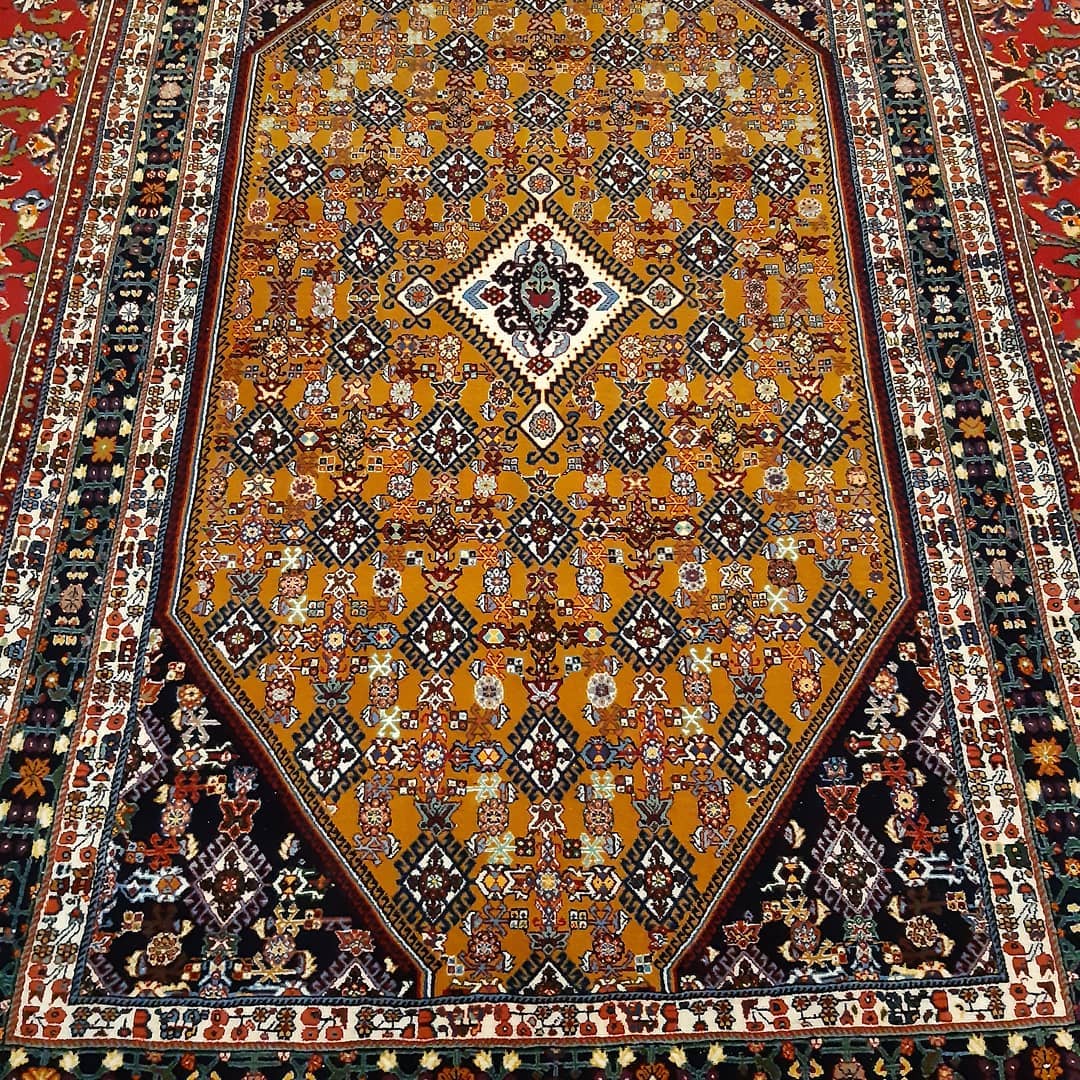
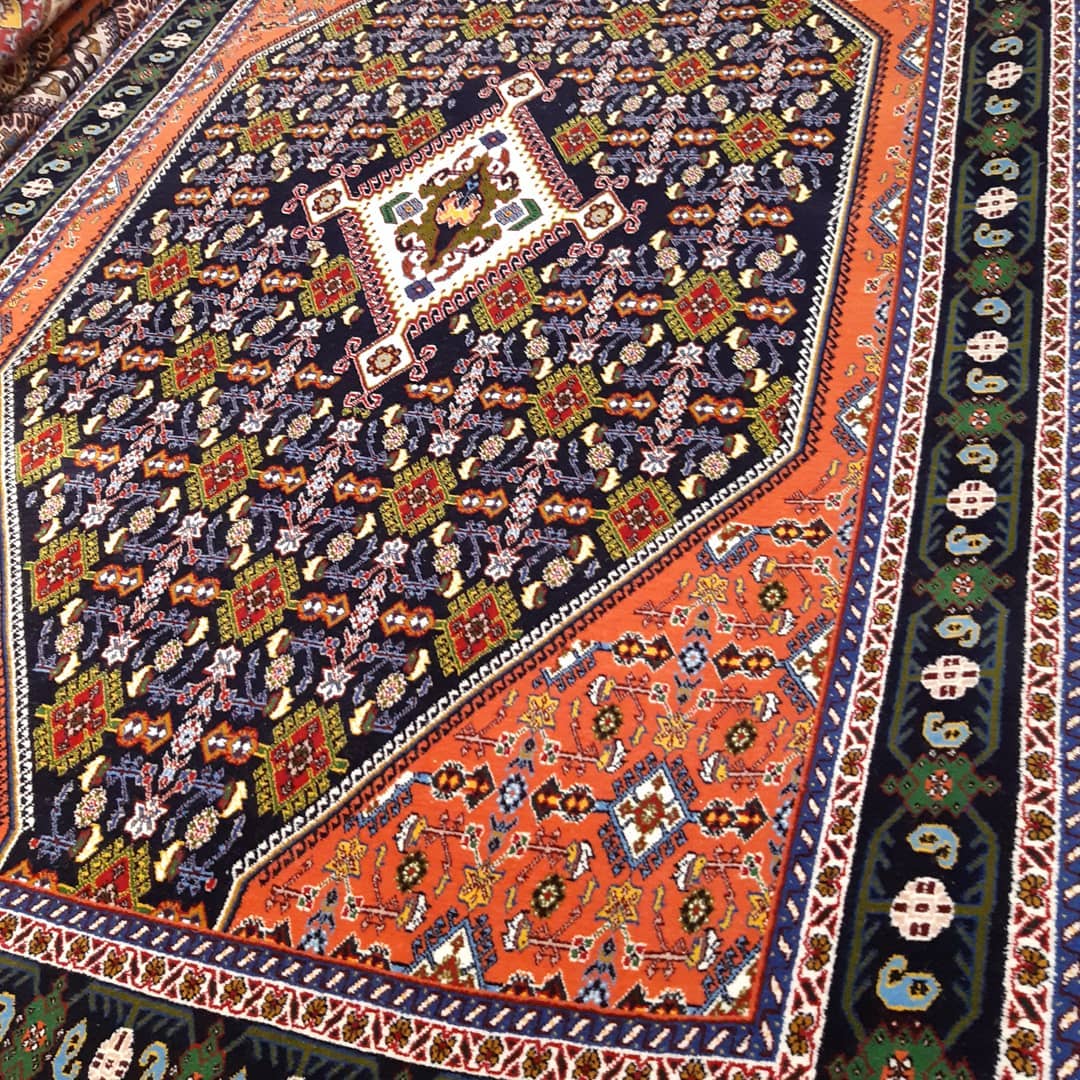
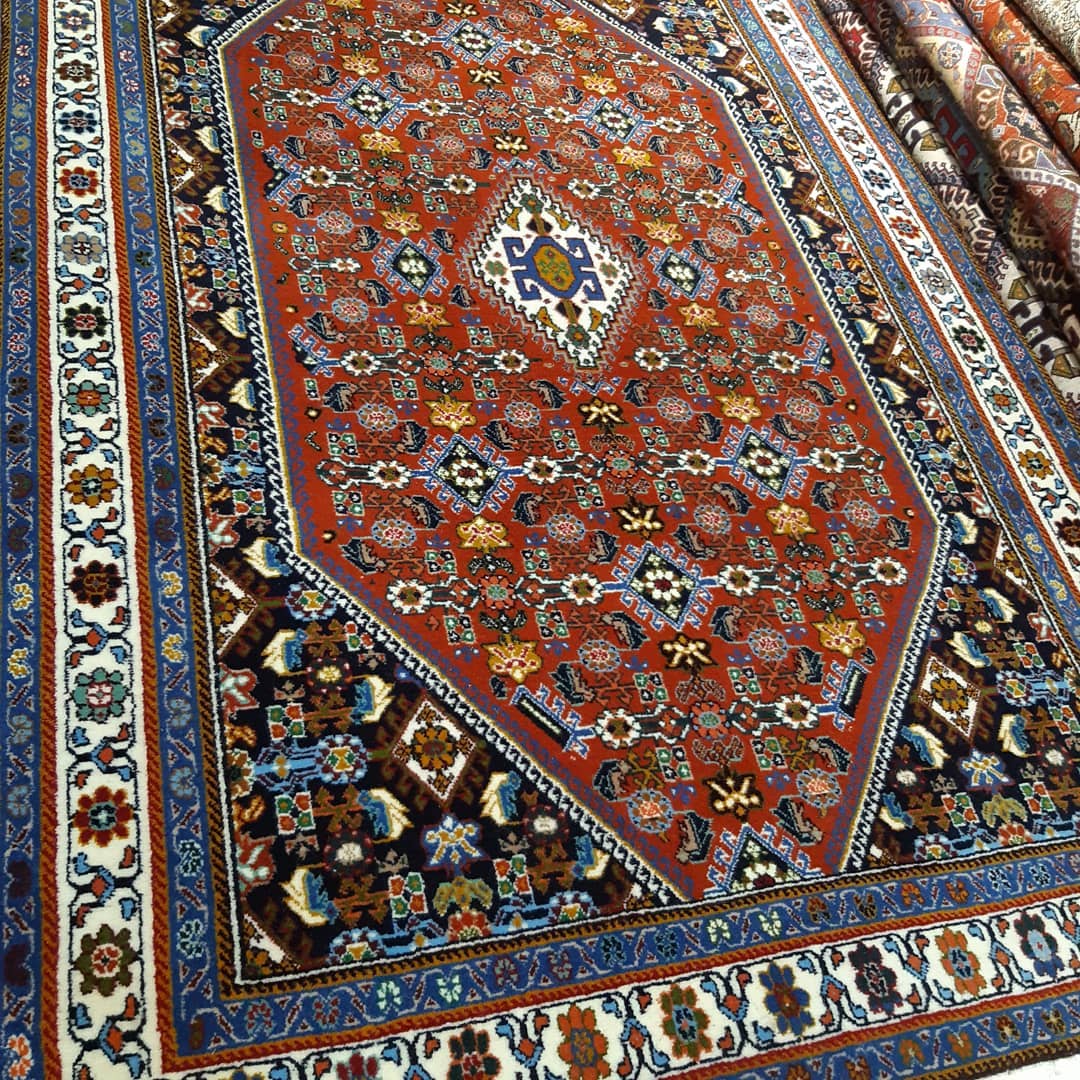

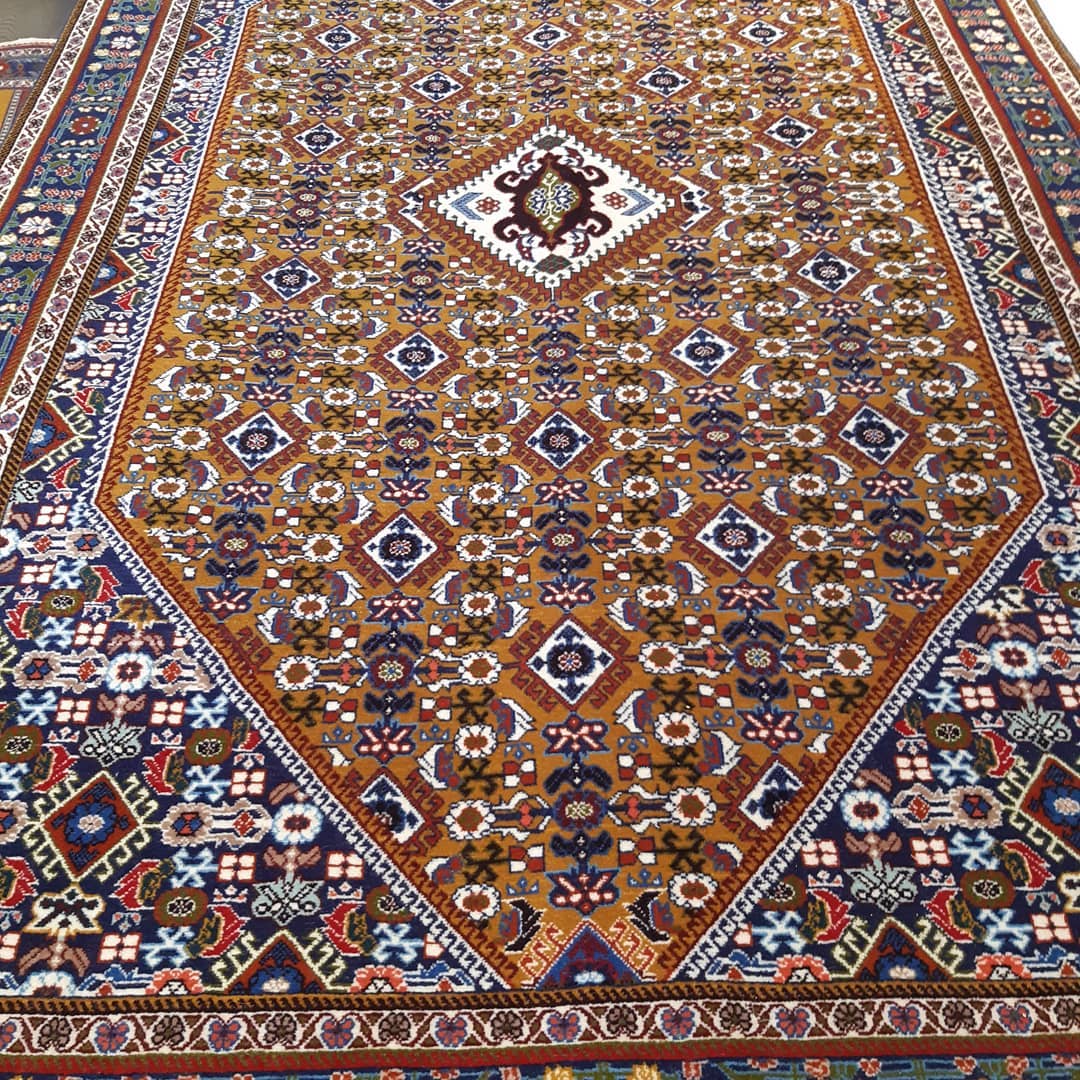
Reviews
There are no reviews yet.